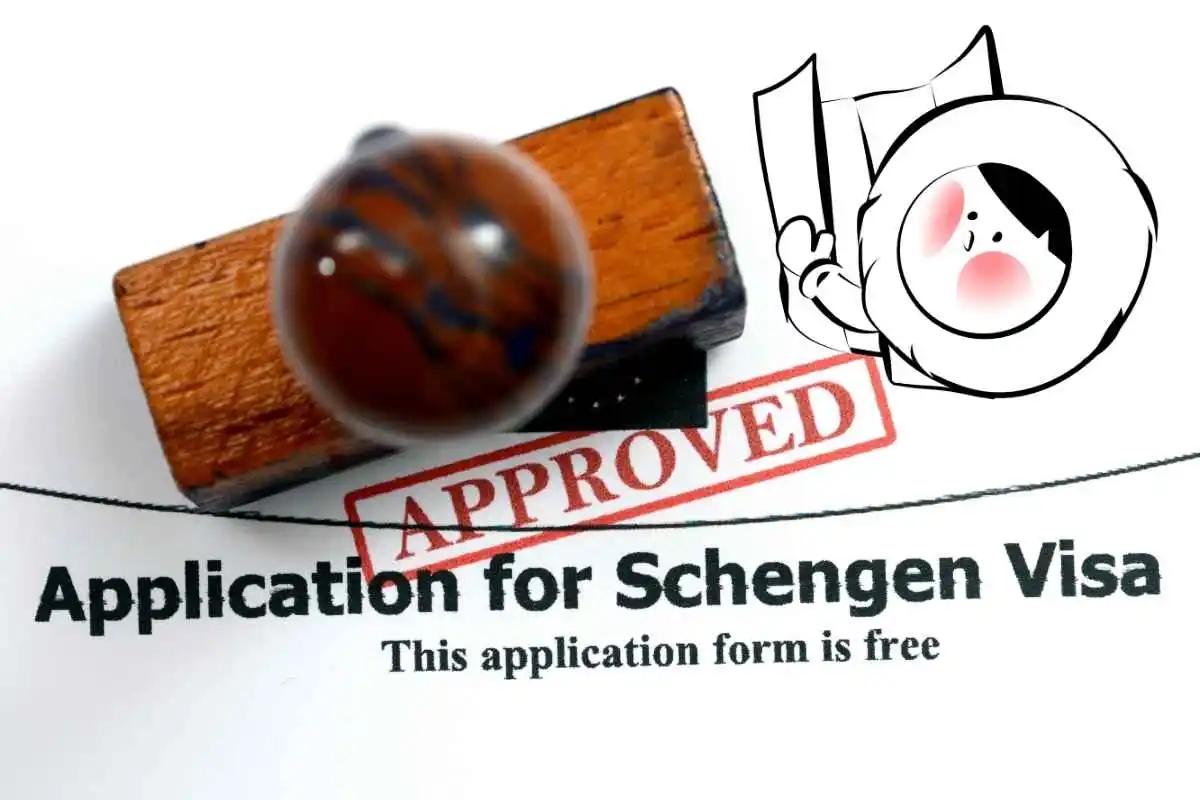Tips to Apply for a Schengen Visa Successfully

Tips to Apply for a Schengen Visa Successfully
Tips to Apply for a Schengen Visa Successfully
If you're planning to visit Europe for tourism, business, or to visit friends and family, you’ll likely need a Schengen visa. This short‑stay visa permits entry to up to 27 (or 29 including air/sea entries) Schengen countries for up to 90 days within a 180‑day period.
Timing Your Application Right
Aim to apply 30 to 60 days before your planned travel, though applications may be lodged as early as six months ahead. Avoid submitting within the last 15 working days to reduce risks linked to appointment delays or seasonal backlogs.
Prepare Every Required Document Carefully
Make sure your application includes:
- A valid passport with at least three months validity beyond your return date and two blank pages
- Fully completed visa form plus one passport photo
- Round-trip flight reservation and confirmed accommodation
- Travel insurance with minimum €50,000 medical coverage (some sources suggest €30,000–€50,000)
- Bank statements (3–6 months) showing sufficient funds, salary slips, and ITRs or proof of regular income
- A cover letter detailing your itinerary, purpose of travel, and ties to home country like property, employment, or family
Missing or inconsistent documents are a leading cause of rejection.
Visa Fees & Processing Time
Current fees are typically around:
- €80–90 for adults
- €40–45 for children aged 6–11
- Free for children under 6
Visa centres may charge extra service fees (often €20–30 or more). Processing normally takes 15 calendar days, but can extend up to 30 working days during peak season or complex cases.
Common Mistakes to Avoid
- Avoid submitting anything beyond the official document list (especially in Switzerland).
- Don’t show sudden fund inflows without explanation consistent activity is preferred.
- Triple-check that dates on flight bookings, accommodation, visa form, and cover letter all match.
Stay Connected in Europe Using eSIM Across Multiple Countries
Once your Schengen visa is ready, you'll want reliable internet in multiple European countries. A borderless eSIM is ideal, no messy SIM swaps or roaming charges needed.
Eskimo eSIM offers global data plans that work across Europe with 2-year validity, data rollover, unlimited speeds, and personal hotspot support. You can install it once and use it across countries without reinstallation. Plus, sign up via our homepage link and get free global data for new users.
FAQs
What is the validity period of a Schengen visa?
Typically 90 days within any 180-day period across Schengen countries. Multi-year visas may be available for repeat travelers.
When can I apply for my visa?
From six months before travel to no later than 15 working days before departure, with the best window being 30–60 days ahead.
What coverage does travel insurance need?
At least €50,000 medical coverage valid across all Schengen states. Some official sources still accept €30,000.
Which country has best visa approval rates?
Belarus? No. For Indians, Belgium (~90.6%), Germany (~88.7%), Italy (~88.7%) and Switzerland (~87.9%) had top rates in 2024.
Do I need an interview?
Not always. Germany and France are more likely to call you for a short visa interview, just be honest and confident.



Save more with app-exclusive offers
Get 50% off your first purchase! Discount auto-applied on checkout.

Inspiration to get you going
Discover the most recent updates on eSIM technology and its benefits for international travel.

Tips to Apply for a Schengen Visa Successfully

Protect Your Money From Pickpockets When Traveling

How to Protect Your Phone from Theft When Traveling










